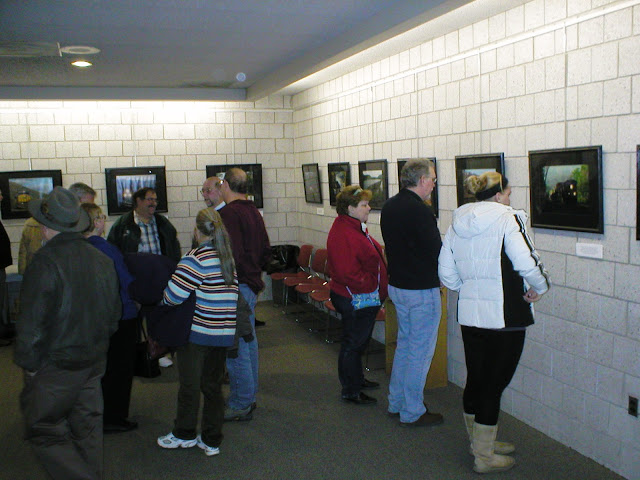That dryer hose is the way the Silverton factory enclosed the boat's wiring harness. Most of the other wiring was added later by the previous owner (trim tabs, transducer for the depth sounder, etc.) While we were doing all this, we removed the Naugahyde bolsters and reconditioned and refastened them.
Today, everything was reassembled. It's nice to be able to put things together rather than take them apart.
The dryer vent hose is gone and all the wiring is neatly fastened up out of sight.
Part of this project involved removing the mounting for the marine VHF radio. We made a completely new mount that will forever be free of wood spores. Here it is before we put it in place.
Once we had it mounted we turned on the radio and admired how good it looked. Of course, no one will ever notice because the radio is in exactly the same location it used to be, but we like to know that it has been done properly.
For some time, we've wanted to add a amateur radio to our fly bridge.This would just be for fun and perhaps make some contacts when we were at the dock. As it happens, we had a radio that we could use, but could never figure out how to mount it so that it was out of the way and could be removed when not in use. Ham radios aren't as weather proof as the radios sold for marine use.
The radio we had available was an Icom IC-V8000, a somewhat elderly (2001) two-meter transceiver that is about the same size as our marine radio. We decided that the IC-V8000 could be mounted directly under our marine radio. We made some brackets after a lot of measurement.
Before leaving the boat on Saturday, we had to at least test fit the IC-V8000 to see if it would work. Turns out, it should work under the marine VHF radio, just fine.
Part of this project has been to run new #8 12 VDC cables from the batteries (through circuit breakers) to both helms. Silverton's original wiring simply isn't adequate to operate a radar, VHF marine radio, chart plotter and an air horn, among other accessories. It isn't good if the chart plotter goes dim and recycles when you key the marine radio.
That new wiring has been completed at the lower helm, so our next task will be to wire those two new power cables and a ground to the upper helm.
On Sunday, we gathered up our tools and headed up to the fly bridge to spend an afternoon laying on our back under the helm console. We hadn't been up there for more than five minutes before we had to go back down to the cabin to grab another tool. This went on all afternoon until we had half the tools we own up there under the console. Hey, it's good exercise!
To distribute the power from the new +12 volt cables, we're using terminal blocks that we bought from Del City. They work well for connecting a large wire like a #8 to a number of accessories.
This is the terminal block that will power the port side of the bridge wiring after we had connected just the +12 volt cable from the radar.
These terminal blocks have caps that slide over the tops to protect the wiring from unintentional contact with something else. We'll install those after all the connections have been made.
There's not a lot of room to work behind this helm. Silverton's original wiring is incredibly sloppy so as we went along, we cut out lots of poorly routed wires and re-routed them.
The starboard side was a little more complicated and much more difficult to access. We found a place to mount the terminal block on that side and connected accessories such as the motor for the remote controlled spotlight (which we never use) and the power the the trim tabs.
To be clear, what we are adding is new capacity in parallel with the boat's original wiring. We haven't removed any of the factory wiring.
It was getting cold late in then afternoon and we stopped there.
The ground circuit will require more thought. Silertion's grounds were carried by two #16 wires, certainly not adequate in today's world. We've added one #8 ground wire that is connected to the negative sides of both battery banks. How we make all of those ground connections on the fly bridge is going to take some thought.























